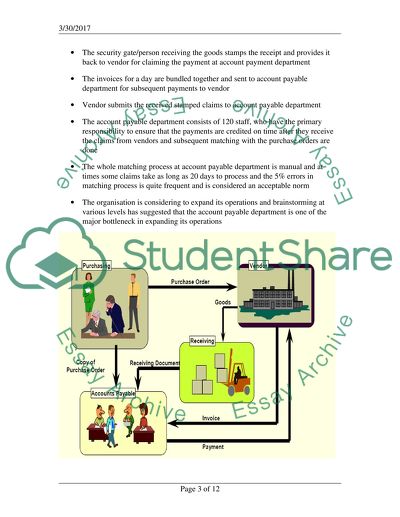Cite this document
(“Prototyping Essay Example | Topics and Well Written Essays - 2250 words”, n.d.)
Prototyping Essay Example | Topics and Well Written Essays - 2250 words. Retrieved from https://studentshare.org/technology/1508053-prototyping
Prototyping Essay Example | Topics and Well Written Essays - 2250 words. Retrieved from https://studentshare.org/technology/1508053-prototyping
(Prototyping Essay Example | Topics and Well Written Essays - 2250 Words)
Prototyping Essay Example | Topics and Well Written Essays - 2250 Words. https://studentshare.org/technology/1508053-prototyping.
Prototyping Essay Example | Topics and Well Written Essays - 2250 Words. https://studentshare.org/technology/1508053-prototyping.
“Prototyping Essay Example | Topics and Well Written Essays - 2250 Words”, n.d. https://studentshare.org/technology/1508053-prototyping.


